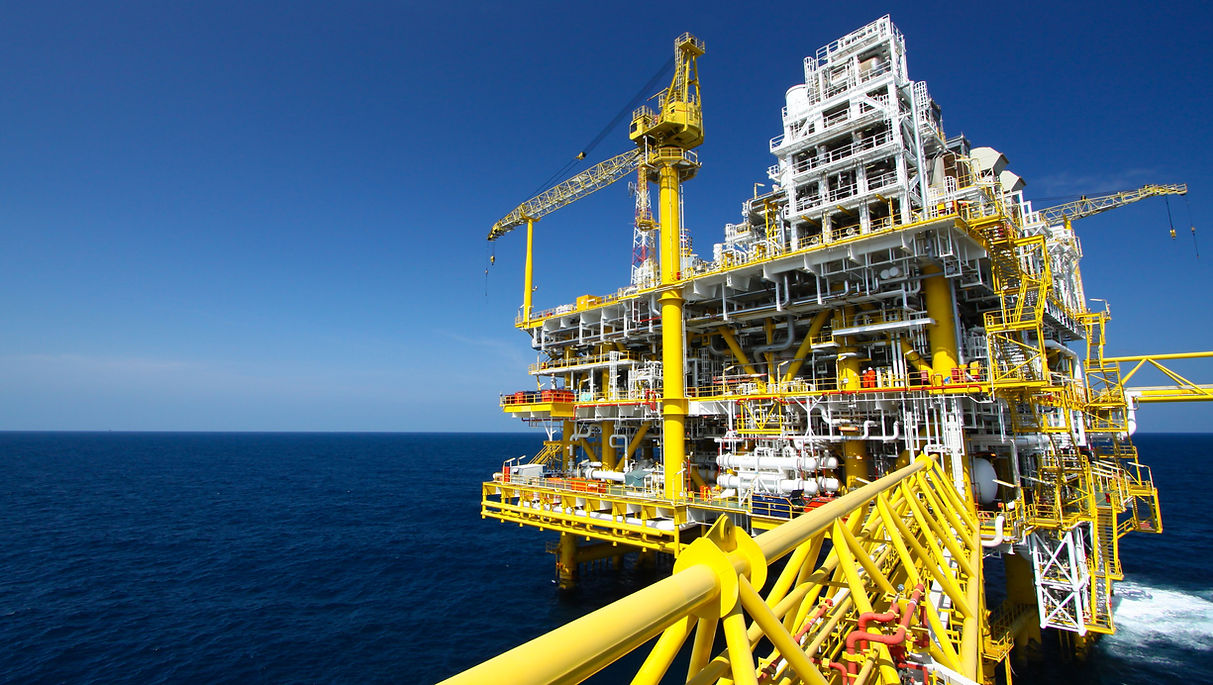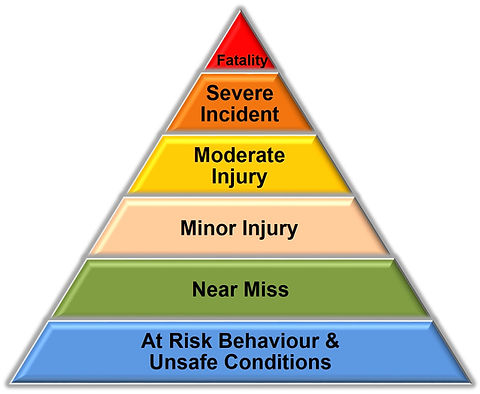
Risk identification:
With thousands of safety assets on site it is impossible to track each asset and its inspection history. The risk of safety assets not inspected or maintained accurately could result in a catastrophic incident or fatality.
-
Incident investigators focus on inspection and maintenance records to determine if a business complies with the current standards.
-
The risk of human error is much greater when individuals are assigned with multiple repetitive tasks in various locations.
-
Carrying sufficient safety spares is challenging and results in over supplying or not stocking sufficient supplies for critical safety assets, this increases risk and operating costs.
-
Insurance companies use evidence of noncompliance to reject major insurance claims.

The RMT process encompasses five key phases:
1. Risk identification
2. Risk measurement
3. Analyse risk
4. Risk mitigation
5. Review and monitor
Process
Risk measurement:
Automating data collections and eliminating paperwork reduces the risk of human error provides proof of regulatory compliance of each asset while improving productivity.
Poor maintenance of safety equipment is not only a safety risk it requires unnecessary replacement of assets costing the business time and money.

Organisations find it difficult to provide proof of compliance after an incident occurred.
Analyse risk:
The cause and effect diagram below indicates a variety of common factors contributing to organisational risk:


Risk mitigation:
Implementing a system that monitors every safety asset's inspection history, maintenance and certification compliance will significantly reduce the level of risk.
Knowing precisely what safety assets you own and maintaining them accordingly will improve asset longevity and reduce the level of risk
RMT mitigates risk and liability in the following ways:
-
Eliminates missed inspections
-
Schedules maintenance for critical safety assets
-
Performs field inspections with greater accuracy and accountability
-
Sends alerts before assets expire
-
Automatically reports overdue inspections
-
Safeguards 100% accuracy for all asset inspections
-
Ensures that routine inspections are not neglected
-
Mobile technical support during field inspections to guarantee quality and compliance

-
RMT records the inspection and maintenance history of all your safety assets, generating a comprehensive history of each asset and associated documentation.
Review and monitoring:
-
RMT scheduled maintenance mitigates the risk of asset failure and extends asset longevity saving the business money.
-
The inspection process is expedited with RMT paperless entries and accurate live updates enforcing accountability.
-
RMT generates maintenance and safety work orders to staff and suppliers.
-
RMT ensures you maintain control of your inventory and stock only what is required saving the business money.
RMT site specific processes monitors every safety asset's maintenance history, certification and inspection compliance significantly reducing the level of risk whilst maintaining a 100% accuracy for all safety inspections
-
RMT intelligent software and procedures will streamline the inspection process in your workplace by automating data collections and eliminating paperwork.
RMT intelligent software and procedures assigns quality routine inspections and preventative maintenance to safety assets to guarantee 100% safety compliance.
-
RMT assigns Augmented Reality (AR) technology to required assets.